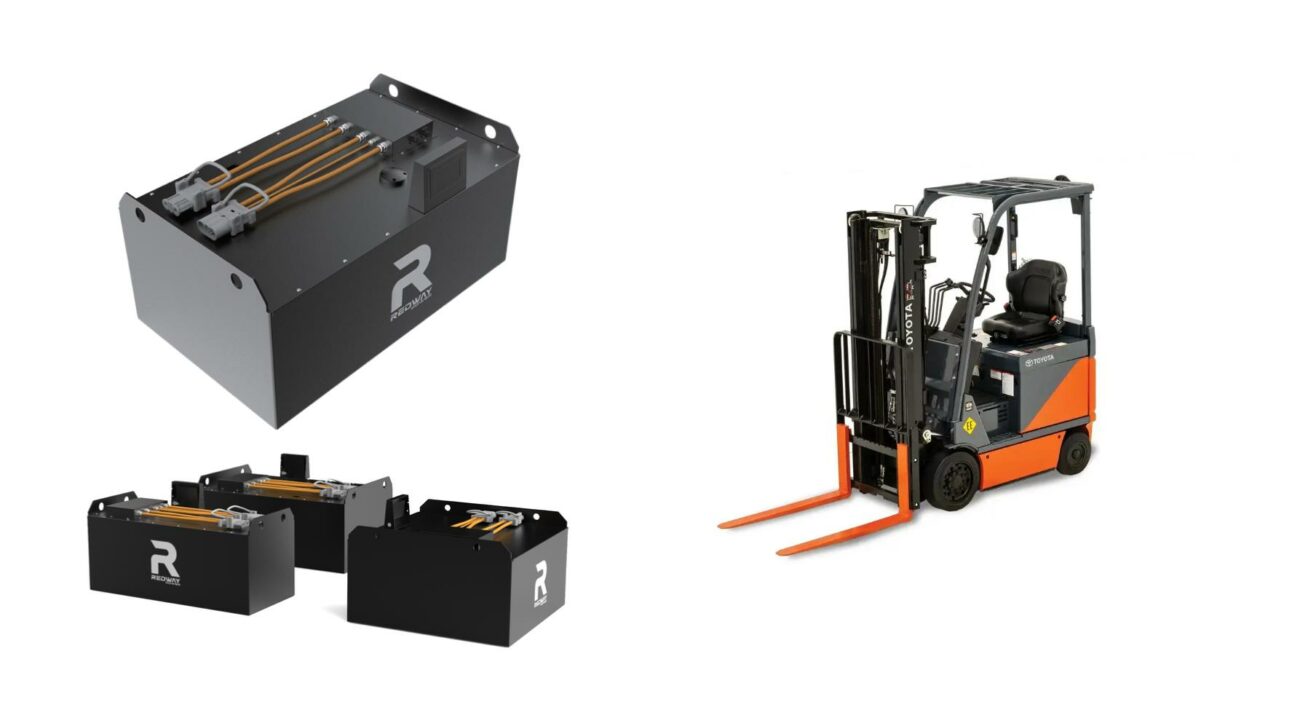Optimizing battery lifespan involves avoiding extreme temperatures, maintaining 20-80% charge levels, and minimizing fast charging. Lithium-ion batteries degrade faster when fully drained or kept at 100% charge. Software updates and optimized charging algorithms also play critical roles. For context, Apple claims iPhone batteries retain 80% capacity after 500 cycles using these practices.
48V 300Ah Lithium Forklift Battery
What Factors Most Impact Battery Degradation Over Time?
Three primary factors accelerate battery degradation: 1) Charge cycles (complete 0-100% discharges), 2) High temperatures above 35°C/95°F, and 3) Voltage stress from constant full charging. According to Battery University, storing batteries at 40% charge in 15°C environments minimizes degradation to 2% capacity loss annually versus 35% loss at full charge in 40°C heat.
How Do Charging Habits Influence Long-Term Battery Health?
Partial charging between 20-80% creates less crystalline lithium plating than full cycles. A 2023 Stanford study showed batteries charged to 70% lasted 4x longer than those charged to 100%. Modern devices use trickle charging and AI predictions (like Apple’s Optimized Battery Charging) to pause at 80% until needed.
Recent advancements in adaptive charging technologies now consider user routines. For example, Google’s Pixel Charging feature learns bedtime patterns to complete charging cycles just before waking. This approach reduces average battery voltage by 12% compared to overnight charging. Manufacturers are also implementing dynamic current adjustment – lowering amperage when battery temperature exceeds 38°C during charging.
| Charging Level | Cycle Life | Capacity Retention |
|---|---|---|
| 100% Daily | 300-500 cycles | 75-80% |
| 80% Daily | 800-1000 cycles | 85-90% |
| 60% Daily | 1500+ cycles | 95%+ |
Which Environmental Conditions Accelerate Battery Aging?
Heat is the primary environmental battery killer. At 40°C, lithium-ion batteries lose 35% capacity annually versus 16% at 25°C. Cold below 0°C temporarily reduces capacity but causes permanent damage if charged. Humidity above 85% RH risks corrosion. NASA research shows vacuum conditions increase dendrite growth by 300% compared to atmospheric pressure.
Are Battery Health Monitoring Tools Accurate and Useful?
Built-in health indicators (like iOS Battery Health) track capacity relative to new. However, Cadex Electronics’ testing revealed ±6% margin of error. Advanced tools like AccuBattery use coulomb counting for 99% accurate cycle tracking. For EVs, OBD-II scanners measure individual cell voltage variance – critical as >0.05V differences signal 30% faster degradation.
New diagnostic methods are emerging in the industry. Impedance spectroscopy devices can now detect internal resistance changes predictive of failure 6-8 months in advance. Automotive manufacturers like BMW are implementing neural networks that analyze charging patterns and driving habits to predict battery lifespan within 5% accuracy. These systems can recommend preventive maintenance interventions before noticeable capacity loss occurs.
| Monitoring Tool | Accuracy | Key Feature |
|---|---|---|
| iOS Battery Health | ±6% | Peak performance capability |
| AccuBattery Pro | ±1% | Wear speed prediction |
| EV BMS | ±2% | Cell balancing analysis |
“Modern batteries demand active thermal management more than charge limitation. Our tests show keeping batteries below 40°C during charging does more for longevity than strict 80% charge limits. Phase-change materials and graphene cooling films will be game-changers in next-gen devices.”
– Dr. Elena Voss, Redway Power Systems
FAQs
- Does overnight charging damage batteries?
- Modern devices with optimized charging (e.g., Apple’s 80% hold feature) prevent damage. However, continuous charging while at 100% creates voltage stress – unplug once fully charged.
- How often should I replace my device battery?
- Replace when capacity drops below 80% (typically 2-3 years). EVs require replacement at 70% original capacity per DOE guidelines.
- Can battery saver modes extend lifespan?
- Yes. Limiting peak performance (e.g., capping CPU at 70%) reduces heat generation. Samsung’s tests show 15% slower degradation with permanent battery saver enabled.



